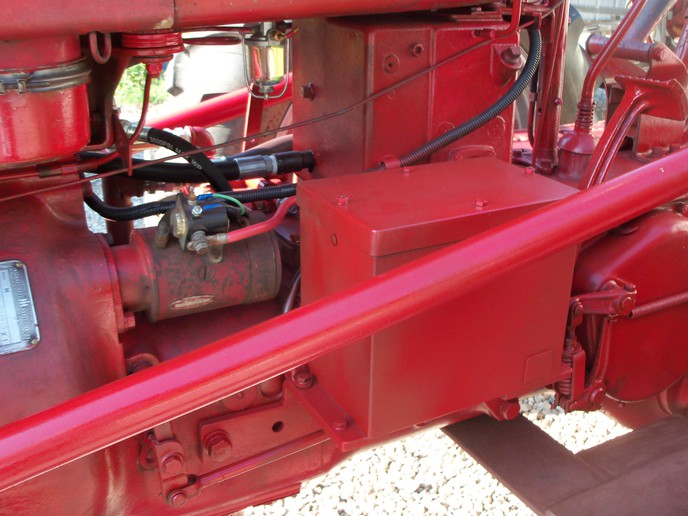So long story short....
When it was warm here (MN) my m would crank great and fire up as soon as i released the key. (Previous owner wired in a solenoid and key switch from a deere lawn mower). Now that its cold it wont start. Cranks fine but won't fire. Plugged it in for a few hours still no fire. Jumped it with the battery booster and it popped right off. So my thinking is that the coil isnt getting enough juice while its cranking. It has an alternator as well. Question is how do i remedy this?
When it was warm here (MN) my m would crank great and fire up as soon as i released the key. (Previous owner wired in a solenoid and key switch from a deere lawn mower). Now that its cold it wont start. Cranks fine but won't fire. Plugged it in for a few hours still no fire. Jumped it with the battery booster and it popped right off. So my thinking is that the coil isnt getting enough juice while its cranking. It has an alternator as well. Question is how do i remedy this?


